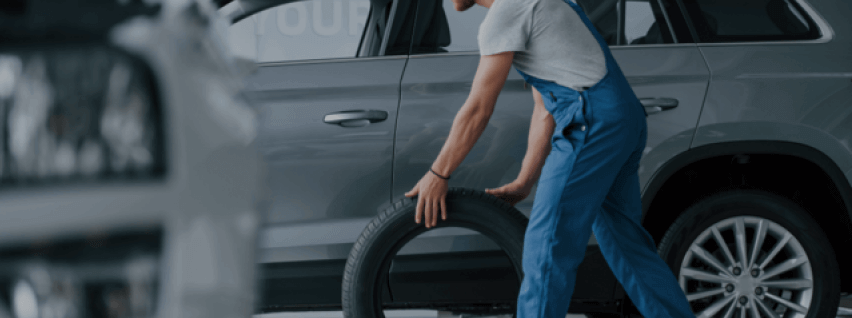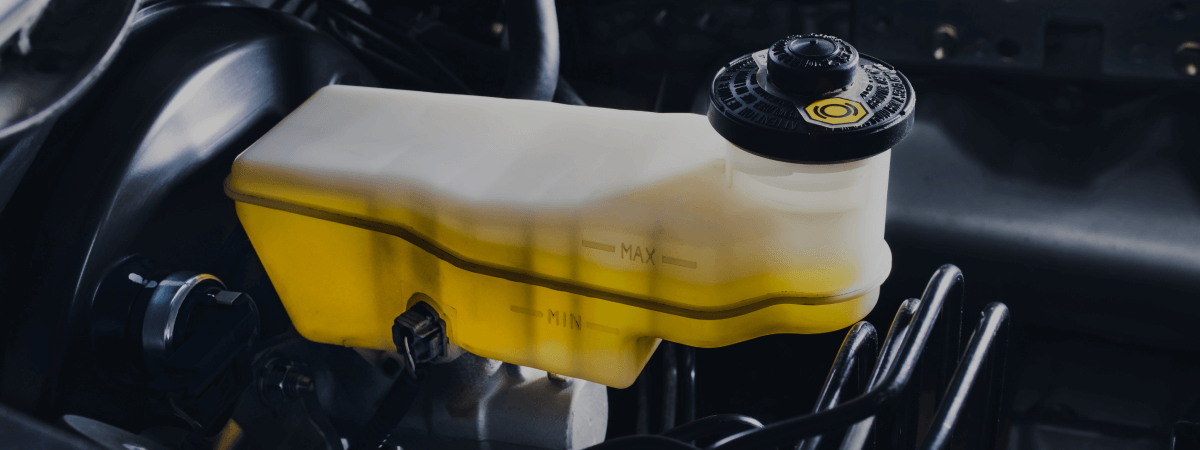
When the skies open up and the rain comes pouring down, roads can become incredibly dangerous for drivers who are careless and don’t change their driving tactics based on the environment around them. For this reason, traffic accidents are considerably more common on days with high precipitation. While not as dangerous as snow, rain still impacts the ability of drivers to react to hazards. Here are some tips on how you can safely drive in rainy weather…
Don’t Zone Out
First of all, don’t zone out when you are driving in the rain. Ideally, you shouldn’t ever feel like you are on “autopilot” when you are driving, but it is something that naturally happens, since it is something that you do every day. However, even if you are driving a route you’ve literally driven thousands of times before, make sure that you snap out of your head and stay alert when it is raining outside, because you might need to react to unpredictable situations.
Use Your Headlights
Usually, daylight is considerably dimmer when it is raining, and night time can be even more visually distorted than it already is. For this reason, always make sure that you use your headlights when you are driving in the rain. You should always be using your headlights when there is something that impairs your visibility on the road.
Look Out for Puddles of Water
One of the most dangerous impacts that rain has on the road is when it creates large puddles in uneven surfaces on the road. While most puddles are probably harmless ones that you can drive right through, deep puddles, or large amounts of standing water, can lead to hydroplaning. Hydroplaning impairs your tires’ ability to get friction on the road, which makes your vehicle slide around without you being able to control it. For this reason, try to avoid any puddles that look like they might put you at risk of hydroplaning. If your vehicle does start to hydroplane, don’t panic, just de-accelerate until you regain control of the vehicle.
Limit Your Speed
Another thing you should do if there is any sort of weather that impairs your driving is simply slow down. Limiting your speed reduces the risk that anything happens that you can’t react to when driving conditions are less than ideal.
Related Posts
Key Takeaways On average, passenger vehicle tires last 40,000 to 60,000 miles, depending on type, driving habits, and maintenance. Replace tires when tread depth reaches 2/32”, if damaged, or older than 10 years. Regular rotation, alignment, and proper inflation extend tire life. Aggressive driving, poor roads, and harsh weather shorten tire lifespan. Take advantage [...]
When you think about car maintenance, you probably focus on oil changes, tire rotations, and maybe even brake pad replacement. But what about your brake fluid? If you’ve ever wondered, “What does brake fluid do?” or “Why is brake fluid important?”, you’re not alone. Brake fluid might not be the most talked-about part of [...]
Is that high-pitched squeal from your brakes driving you—and everyone else—crazy? Don’t ignore it. Squeaky brakes aren’t just annoying, they’re your car’s way of saying something needs attention. Whether you're cruising through Salt Lake City or winding up Idaho’s mountain passes, here’s what’s likely going on, how you can fix it, and when it [...]





